Weed with yellow flowers and clover-like petals.
ash_of_the_dark
13 years ago
Featured Answer
Sort by:Oldest
Comments (16)
saltcedar
13 years agoRelated Professionals
Wrentham Landscape Architects & Landscape Designers · Ashburn Landscape Architects & Landscape Designers · Newcastle Landscape Architects & Landscape Designers · Billerica Landscape Contractors · Waterbury Landscape Contractors · Bridgeport Landscape Contractors · Darien Landscape Contractors · Dedham Landscape Contractors · Essex Landscape Contractors · Fair Oaks Landscape Contractors · Los Banos Landscape Contractors · Medford Landscape Contractors · San Antonio Landscape Contractors · Tyngsboro Landscape Contractors · Shenandoah Landscape Contractorsash_of_the_dark
13 years agovetivert8
13 years agoash_of_the_dark
13 years agozorba_the_greek
13 years agocpb167
10 years agoKelly Kremer-Wheelehan
8 years agoTiffany, purpleinopp Z8b Opp, AL
8 years agoplant guy
8 years agoKelly Kremer-Wheelehan
8 years agomacranthos
8 years agomattp321
8 years agomacranthos
8 years agofloral_uk z.8/9 SW UK
8 years agoTiffany, purpleinopp Z8b Opp, AL
8 years agolast modified: 8 years ago
Related Stories

GARDENING GUIDESWhat’s in a Name? See 6 Wildflowers That Aren’t ‘Weeds’ at All
Dispel the stereotypes of weeds and try these wildlife-supporting native wildflowers in your garden
Full Story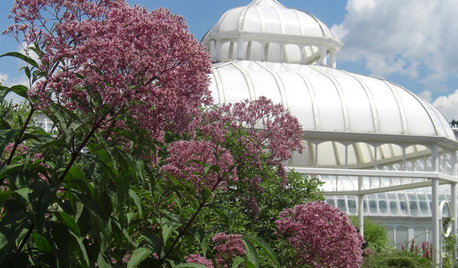
FLOWERSGreat Design Plant: Joe Pye Weed
This unsung beauty tolerates wet soil, provides beautiful late summer blooms and attracts butterflies and hummingbirds
Full Story
GARDENING GUIDES5 Weed-Smothering Ground Covers
Let these landscape plants do the dirty work of choking out weeds while you sit back and enjoy the view
Full Story
GARDENING GUIDESGreat Design Plant: Bugle Weed, a Quick Ground Cover
It’s highly adaptable, suppresses weeds, reduces erosion and provide weeks of bright flowers. Just watch for invasiveness
Full Story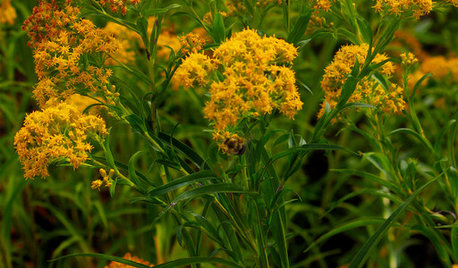
FLOWERS AND PLANTSThis Sunny Yellow Flower Helps Fall Pollinators and Landscapes
Oligoneuron riddellii’s distinct grass-like leaves and bright flowers jazz up the garden in the upper Midwest and Central Plains
Full Story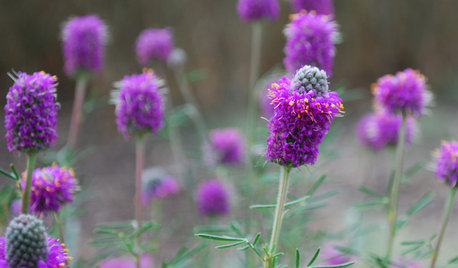
GARDENING FOR BUTTERFLIESGreat Design Plant: Purple Prairie Clover
Bees and butterflies and color, oh my! This cheery native perennial will energize your landscape
Full Story
GARDENING GUIDES5 Ways to Naturally Win the Weed War
Show irksome weeds no mercy with these tricks for combating them sans chemicals
Full Story
EDIBLE GARDENSNatural Ways to Get Rid of Weeds in Your Garden
Use these techniques to help prevent the spread of weeds and to learn about your soil
Full Story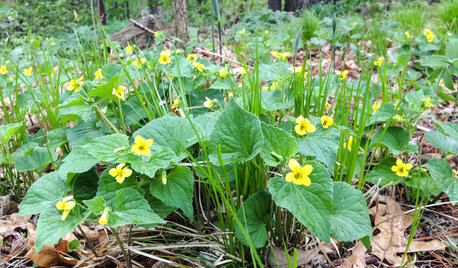
GARDENING GUIDESGreat Design Plant: Viola Pubescens Dots Woodlands With Yellow
Plant downy yellow violet in eastern U.S. woodland gardens for its heart-shaped leaves and bright yellow flowers
Full Story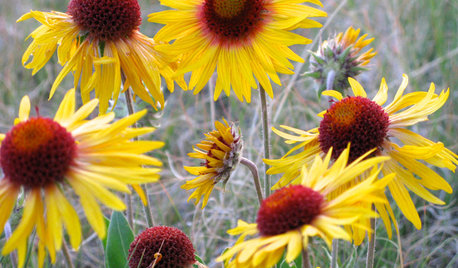
FLOWERS AND PLANTSBlanketflower’s Yellow Blooms Brighten Up Summer and Fall Gardens
Gaillardia aristata welcomes wildlife, shrugs off drought and poor soils, and can help restore grasslands
Full Story





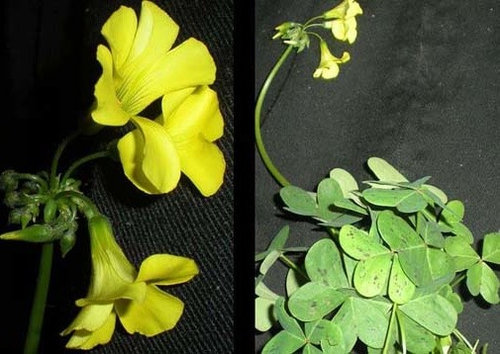
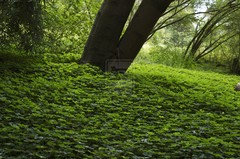




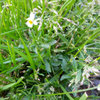
User